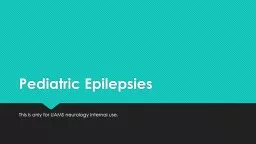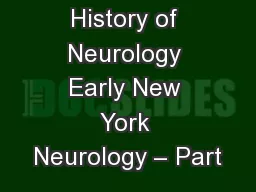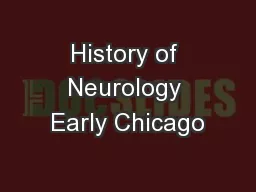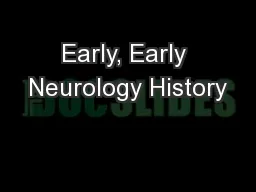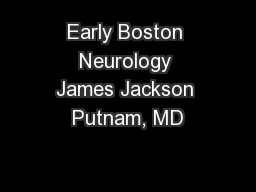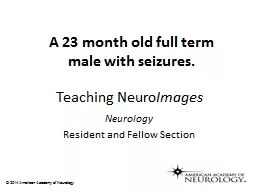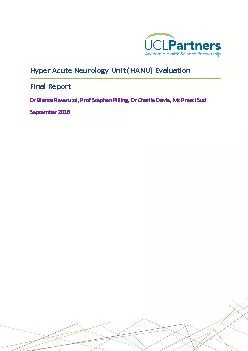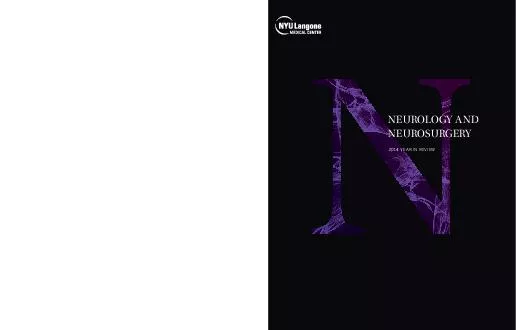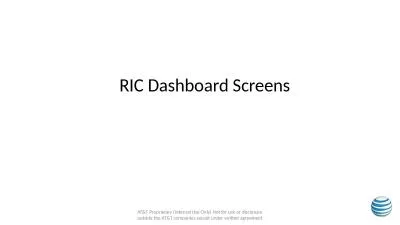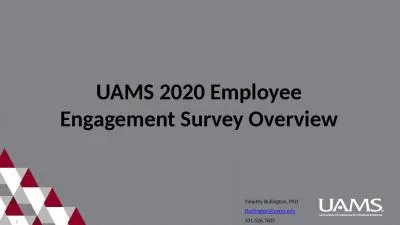PPT-Pediatric Epilepsies This is only for UAMS neurology internal use.
Author : stefany-barnette | Published Date : 2018-09-21
Questions taken from At what age do human beings attain the predominant alpha frequency that is seen in adults A 68 years B 810 years C 1012 years D 1214 years E
Presentation Embed Code
Download Presentation
Download Presentation The PPT/PDF document "Pediatric Epilepsies This is only for UA..." is the property of its rightful owner. Permission is granted to download and print the materials on this website for personal, non-commercial use only, and to display it on your personal computer provided you do not modify the materials and that you retain all copyright notices contained in the materials. By downloading content from our website, you accept the terms of this agreement.
Pediatric Epilepsies This is only for UAMS neurology internal use.: Transcript
Download Rules Of Document
"Pediatric Epilepsies This is only for UAMS neurology internal use."The content belongs to its owner. You may download and print it for personal use, without modification, and keep all copyright notices. By downloading, you agree to these terms.
Related Documents

